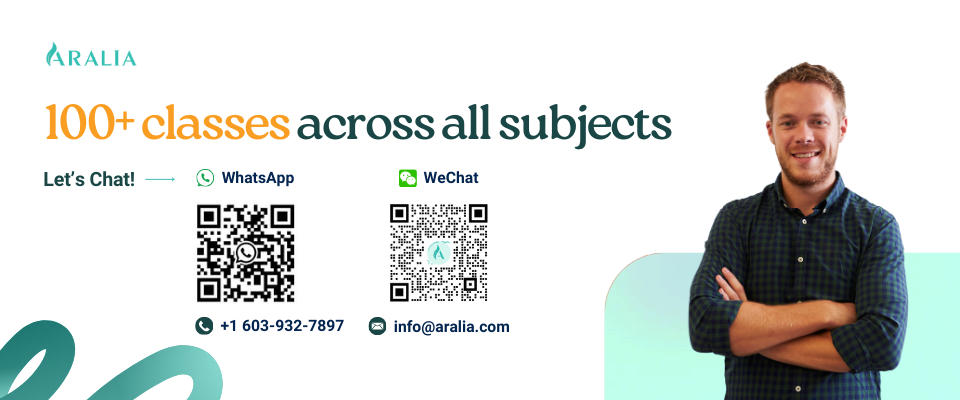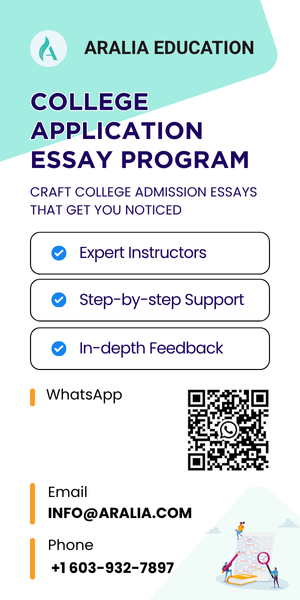1. What is Modeling the Future Challenge?
Founded by the Actuarial Foundation with design and operations support from the Institute of Competition Sciences, the Modeling the Future Challenge offers high school students a thrilling opportunity to engage in a real-world competition that integrates math modeling, data analysis, and risk management. Participants undertake research projects utilizing real-world data to analyze risks and provide recommendations to companies, industry groups, governments, or organizations. Last year, the competition attracted over 1,000 students, forming 114 teams.
Who’s eligible to participate in the competition?
To be eligible to join the competition, students must be current juniors or seniors in high school in the United States or its territories who are taking junior or senior-level mathematics classes such as statistics, probability, pre-calculus, calculus, or other similar high-level math classes. Some special exceptions will be made for sophomore-level students taking advanced junior or senior-level mathematics classes. Only students who currently reside and go to school in the United States or one of its territories are eligible to win awards from the Modeling the Future Challenge.
What are the prizes?
Students will split part of the $60,000 worth of college scholarship prizes. In addition, finalists will meet actuarial professionals and learn about their careers. The coaches of the top 4 teams will each earn a $1,000 grant.
How much does the Modeling the Future Challenge cost?
The competition is free to all participants.
2. What is Modeling the Future timeline?
Registration Opens & Launch Webinar: August 28, 2023
Scenario Phase Workshop: September 14, 2023
Registration Closes: November 19, 2023
Scenario Phase Submissions Due: December 3, 2023
Semifinalist Announcement: December 14, 2023
Project Phase Workshop: December 18, 2023
Project Intro Videos Due: January 31, 2024
Project Visual Highlight Due: February 29, 2024
Project Reports Due: March 3, 2024
Finalist Announcement: March 20, 2024
Final Videos & Papers Due: April 7, 2023
National Symposium: April 29 – May 3, 2024
3. How does Modeling the Future Challenge work?
To participate in the competition, students create teams of one to five students and conduct an actuarial research project in which they make recommendations to companies or other organizations. This competition provides practice in creating mathematical models, data analysis, and risk management. After team formation, students will participate in 3 phases of competition.
Phase One
During Phase One, students are given a scenario with a description, dataset, and questions. Students have to submit answers to the 30 scenario questions and a Project Proposal identifying a topic and problem statement for their project. The questions are in five areas: Statistics and Probability Fundamentals, Projecting Trends, Modeling Data, Analyzing Risks, and Making Critical Thinking Recommendations.
Teams that pass the Scenario Phase will be recognized as Semi-Finalists and move on to the Project Phase of the Challenge, where they will conduct their own actuarial research project. As part of the Semi-Finalist award package, teams will be matched with an actuary mentor who will guide them through the critical steps of the “Actuarial Process” used to complete their project report.
Phase Two: Projects
After passing Phase One, teams will become semi-finalists and start to conduct their own actuarial research project. Teams will be matched with an actuary mentor to provide guidance on their project. Students will work through five high-level steps to complete phase two: Problem Identification, Data Identification, Mathematical Modeling, Risk Analysis, and Recommendations.
Phase Three: Presentation
After completing the project, teams will be chosen as finalists. They will have additional time to update their project reports, and prepare a live presentation for the Modeling the Future Challenge Symposium.
4. How do you prepare for the Modeling the Future Challenge?
The challenge requires students to have a strong understanding of math, analytical skills, business knowledge, and risk management to provide appropriate recommendations to companies and the scenarios in the competition. Below are some suggestions and resources to help students better prepare for the competition and the field of actuary.
Develop Domain Knowledge
Depending on the theme or focus of the challenge scenarios, students may benefit from acquiring domain-specific knowledge relevant to the industries or sectors addressed. This could include understanding economic principles, healthcare systems, environmental issues, or other domains related to the challenges presented.
One invaluable resource to consider when preparing for the Modeling the Future Challenge is the website “Be An Actuary,” jointly created by the Society of Actuaries and the Casualty Actuarial Society. This comprehensive platform offers a wealth of information about the actuarial profession, guiding aspiring actuaries at every stage of their journey.
Strengthen Core Skills Related to the Competition and Practice with Scenarios
As we mentioned above, students should develop a solid foundation in mathematics, statistics, and data analysis. The website has example projects to help students get started with the actuarial process and understand the structure of the competition. Some fundamental knowledge that students should be well-versed in are insurance and risk analysis concepts including: premiums, deductibles and co-pays, risk quantification, probability distributions, expected values, basic statistics, incentives, and much more.
Seek Mentorship and Guidance
Leverage the expertise of mentors, teachers, and professionals in the field of mathematics, data science, or actuarial science. Their guidance can provide invaluable insights and direction as you navigate the various phases of the competition. Reach out to teachers, professors, or professionals who have expertise in mathematics, data science, or actuarial science. Look for individuals who have experience in conducting research, analyzing data, or working in industries where mathematical modeling and risk management are integral.
5. Participate in Aralia’s Modeling the Future Challenge Preparation class
Prepare for the Modeling the Future Challenge with Aralia Education’s specialized mathematical modeling and data analysis summer classes. Led by our expert teaching team, our classes are tailored to equip students with the skills and knowledge needed to excel in this prestigious competition. In addition to group classes, we offer personalized 1:1 tutoring sessions designed to target specific areas of improvement and optimize performance in the Modeling the Future Challenge.











